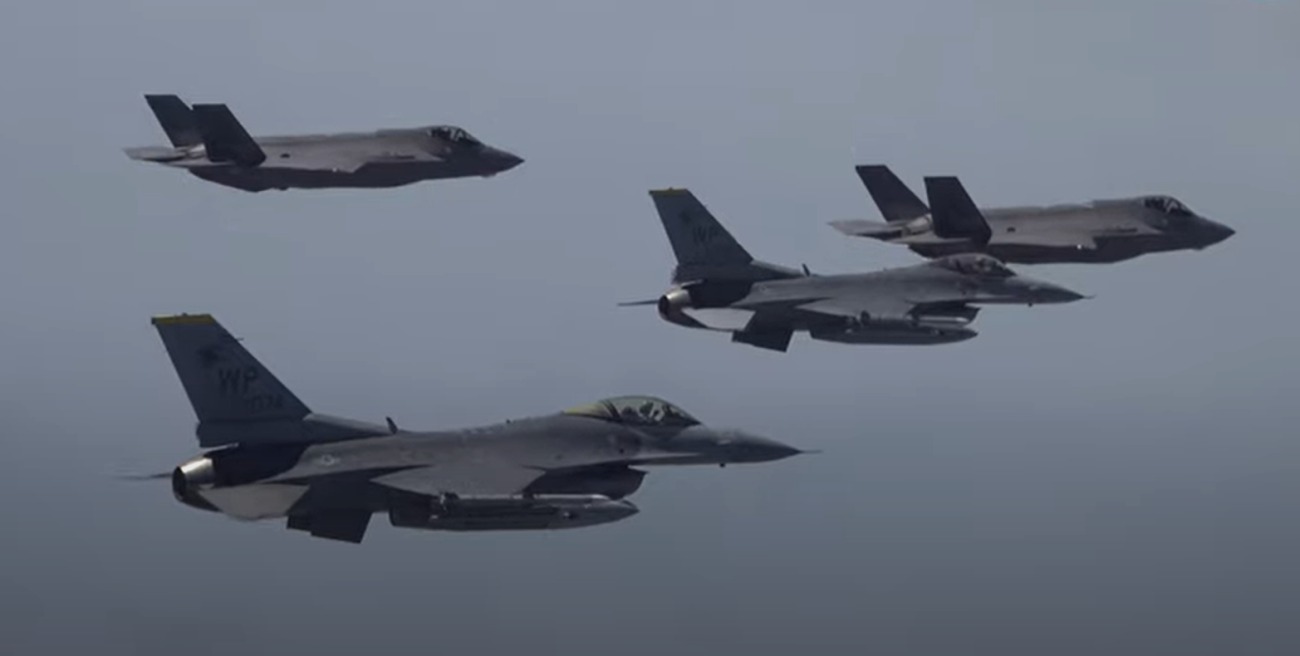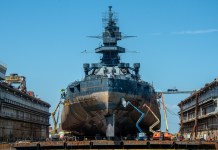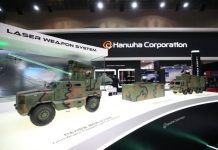Easily flagged as one of the most volatile regions in the world, the Indo-Pacific is experiencing a challenging time, with many experts blaming China and its ally, North Korea, for unwarranted belligerence.
Not One But Two Helicopter Crashes
While the region was still reeling from the crash of two Japanese helicopters in the Pacific, reports have emerged suggesting two Malaysian military choppers crashed on April 23.
Two Malaysian navy helicopters collided in mid-air as they flew in formation during a practice run for an upcoming military parade, killing all the ten crew onboard. Videos posted by the local media revealed that one of the planes clipped the rotor of the other before they plummeted to the ground.
The incident happened in the Malaysian town of Lumut, which is home to a Royal Malaysian Navy facility. The Navy informed the media that the two helicopters that crashed were a Eurocopter AS555SN Fennec lightweight carrying three crew members and an AW139 maritime operation helicopter with seven people onboard.
Two helicopters crash in Malaysia pic.twitter.com/hdv9rY3BdK
— What the media hides. (@narrative_hole) April 23, 2024
Earlier, two Japanese SH-60K reconnaissance helicopters, each carrying four crew members on board, crashed during a nighttime anti-submarine training near Torishima island, about 600 kilometers (370 miles) south of Tokyo. Currently, the Japanese forces are searching for possible survivors.
North Korean Drills & Missile Launches
As a strong message to its adversaries, which mainly comprise South Korea, the US, and Japan, North Korea conducted its first nuclear counterattack drills earlier this week.
These drills were designed to imitate the country’s “nuclear trigger” management system, which is headed by leader Kim Jong Un. The drills followed the launch of several short-range ballistic missiles.
Its artillery forces participated in the nation’s first drills of this kind on April 22 as part of the testing of the national nuclear management system, also known as the “nuclear trigger.” The country also tested a new nuclear weapons command-and-control system.
JUST IN: 🇰🇵 North Korea has conducted nuclear counterattack drills, Reuters reports.
"As part of testing the nationwide nuclear management system, called "nuclear trigger", its artillery forces joined the country's first such drills on Monday in a show of diversified nuclear… pic.twitter.com/fvEOdKNZR7
— Political Critic (@PCSurveysIndia) April 22, 2024
The drills were intended to demonstrate the country’s diversified nuclear capabilities and express opposition to “provocative and invasive” military exercises between the United States and South Korea, according to state news agency KCNA.
Kim oversaw the drills that involved arranging troops in a nuclear counterattack posture and launching artillery with simulated nuclear bombs in case a nuclear crisis alarm was sounded.
These first-of-its-kind North Korean drills came after the US F-35A and South Korean F-16Cs executed a simulated strike on North Korean ballistic missile Transporter Erector Launchers (TELs) using GBU-12 Paveway II laser-guided bombs.
In one segment of the footage that was subsequently released, a Republic of Korea Air Force (ROKAF) F-35A is seen releasing an inert GBU-12 bomb. With remarkable accuracy, the bomb finds its mark, striking a moving target—acting as a North Korean ballistic missile Transporter Erector Launcher (TEL)—at the Pilsung Firing Range.
North Korea, on its part, has also gone on another spree of missile launches. On April 20, North Korea announced that it had conducted tests of what it termed a “super-large” cruise missile warhead and a new anti-aircraft missile in a western coastal area, further expanding its military capabilities in response to deepening tensions with the United States and South Korea.
The tensions in the Korean Peninsula are running high.
Largest US-Philippines Military Drills
A three-week joint military training exercise between almost 17,000 Filipino and American soldiers began in the Philippines on April 21. The exercise includes marine drills in the South China Sea, a region where Beijing and Manila have clashed over territorial claims.
For the first time, the maritime exercises will be held outside of the Philippine territorial seas. France and Australia, which have strengthened defense ties with Manila in response to China’s aggressive behavior in the South China Sea, will also participate. You can read more about the drills in a previous EurAsian Times report.
Even though China was not mentioned by any of the speakers at the opening ceremony, Beijing’s influence was felt well in advance of this year’s exercises due to the multiple run-ins its naval forces had with Philippine vessels in recent months, especially near the hotly contested Second Thomas Shoal in the South China Sea.
China has, on its part, accused the United States of fomenting trouble in the region and warned that including countries like Japan in these drills would create new security traps.

Massive US Military Package For Taiwan
The United States announced a $8 billion military package for Taiwan. Taiwanese President-elect Lai Ching-te said the defense package approved by the US House of Representatives will “strengthen the deterrence against authoritarianism in the West Pacific ally chain,” referring to major adversary China.
Currently serving as vice president of Taiwan, Lai informed visiting Republican Representative Lisa McClain and Democratic Representative Dan Kildee from Michigan that the funding will also “help ensure peace and stability across the Taiwan Strait and also boost confidence in the region” during a meeting at the Presidential Office Building in Taipei, the country’s capital.
Lai said Taiwan is “determined to safeguard democracy and also safeguard our homeland” against “authoritarian expansionism.”
$8 billion US military aid package to Taiwan will 'boost confidence' in region: president-elect
A $8 billion defense package approved by the U.S. House of Representatives over the weekend will
…1/2) pic.twitter.com/tnJrirswEx
— GENERAL OF THE U.S. ARMY TOM S. GATES ★ 🦅🇺🇸🇺🇸 (@GENTomSGates83) April 23, 2024
China has been making threats to Taiwan by regularly sending military ships and fighter jets into Taiwan’s airspace and seas, indicating that it is prepared to use force to seize the island, which it views as its territory.
It has accused the US of turning Taiwan into a powder-keg nation by arming it to the teeth. It is nobody’s guess that Beijing will fiercely criticize the current military aid package.
With so much happening in the Indo-Pacific, the region has managed to garner more attention in the last couple of days than the war-torn Middle East. The Indo-Pacific is, as some would say, symbolically on fire.
- Contact the author at sakshi.tiwari9555 (at) gmail.com
- Follow EurAsian Times on Google News





